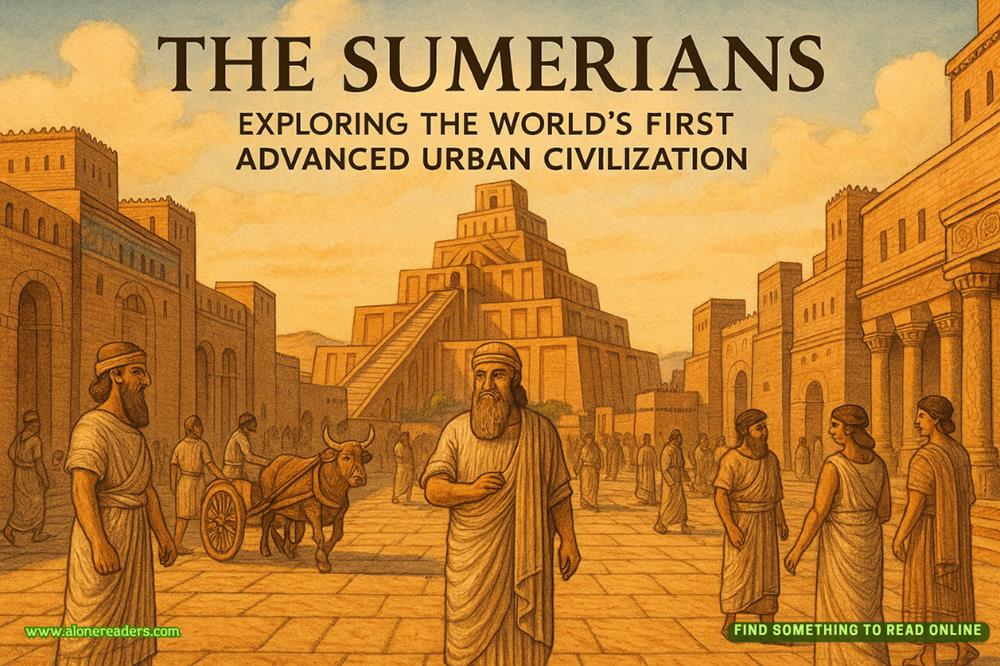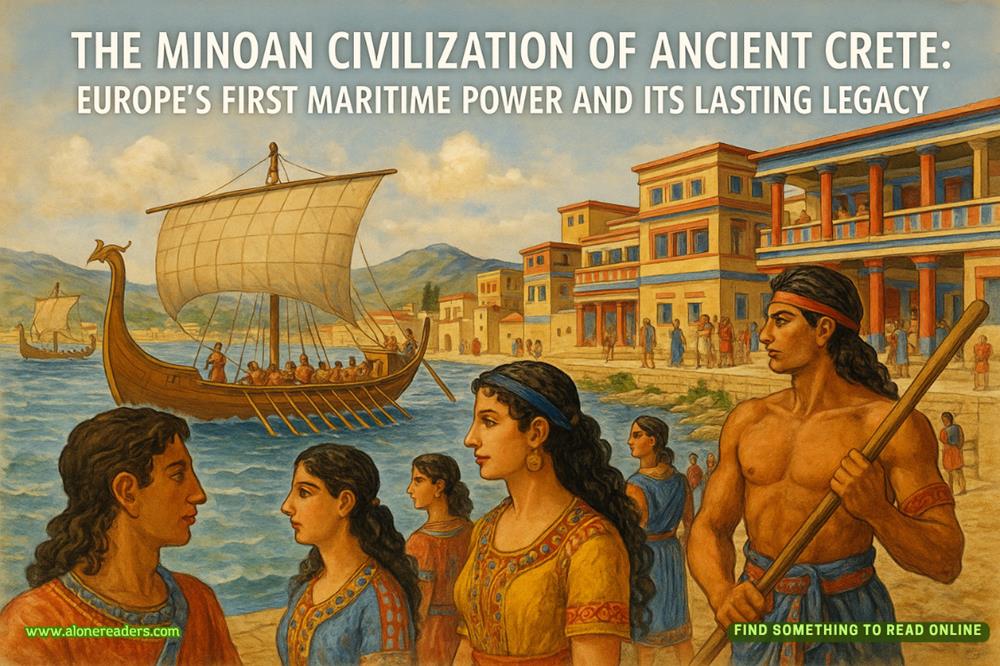Page 105 of Project Hail Mary
He buried his face in his hands and cried.
—
Rocky and I talk about biology for hours. Both of us are intensely interested in how the other’s body works. We’d be pretty lame scientists if we weren’t.
Eridian physiology is, frankly, amazing.
Erid is so close to its star, the sheer amount of energy entering the biosphere is ridiculous. And Eridians, being at the top of the food chain, have a heck of a lot more energy to work with than human bodies do. How much more? They have sacs in their body that just hold ATP—the main energy-storage medium of DNA-based life. Usually it lives in cells, but they have so much they have to evolve more efficient storage for it.
We’re talkingabsurdamounts of energy here. They pull oxygen off minerals to get metals. Eridians are, in effect, biological smelters.
Humans have hair, fingernails, tooth enamel, and other “dead” stuff on our bodies that serve critical purposes. Eridians take that concept to the ultimate extreme. Rocky’s carapace is made of oxidized minerals. His bones are honeycombed metallic alloys. His blood is mostly liquid mercury. Even his nerves are inorganic silicates transmitting light-based impulses.
All told, Rocky only has a few kilograms of biological material. Single-celled organisms travel through the bloodstream, building up or repairing the body as needed. They also manage digestion and service the brain, which sits safely in the center of his carapace.
If bees evolved to make hives that could walk, and the queen was as intelligent as a human, that life-form would be similar to an Eridian. Except the Eridian’s “bees” are single-celled organisms.
Eridian muscles are inorganic. They’re made of porous, sponge-like material sealed in flexible sacs. The majority of the body’s water is tied up in those sacs. And the atmospheric pressure is so high, the 210°C water is still a liquid.
They have two separate circulatory systems: the “ambient” system and the “hot” system. The ambient blood is 210 degrees Celsius. But the hot blood is kept at 305 degrees, which is hot enough to boil water even at Erid’s air pressure. Both circulatory systems have blood vessels that expand or contract around the muscles as needed to set their temperature. Want to expand? Make it hot. Want to contract? Make it cold.
In short: Eridians are steam-powered.
Because of this, the ambient circulatory system ends up as the heat sinks when muscles are cooled. It constantly needs to be cooled back down to normal temperature, hence the radiator. Rocky “breathes” in a sense, but only to pass outside ammonia across capillaries in a radiator-like organ in the top of his carapace. Five slits at the top allow the air in and out, but at no point does any of it enter his bloodstream.
While Eridians don’t “breathe,” they do still use oxygen. They’re just much more self-contained than a human body. They have plant-like cells and animal-like cells inside. Oxygen to CO2, CO2to oxygen, back and forth, always kept in balance. Rocky’s body is a little biosphere. All it needs is energy via food and airflow to dump heat.
Meanwhile, the hot blood is too hot for any biological material to survive inside—it boils the water inside. This is handy for sterilizing incoming food of pathogens, by the way.
But in order for his worker cells to service any part of the hot-blood system, the system has to be cooled to ambient levels. And when that happens, the Eridian can’t use muscles at all. And that’s why Eridians sleep.
They don’t “sleep” like a human does. They’re legitimately paralyzed. And the brain, also being maintained, has no conscious function during that period. A sleeping Eridiancan’twake up.
That’s why they keep an eye on each other when they sleep. Someone has to keep you safe. Probably dates back to caveman (cave-Eridian?) days, and now it’s just a social norm.
As amazed as I am at all that, to Rocky it’s a boring topic. Meanwhile, he’s utterly shocked and amazed by humanity.
“You hear light, question?”Rocky says. (He puts a little quaver on the first note of his sentence when he’s surprised or impressed.)
“Yes. I hear light.”
While we chat, he uses his many hands to assemble some complicated-looking piece of equipment. It’s almost as big as he is. I recognize several parts on it as things he’s been repairing these past few days. He can hold a conversation and work on delicate machinery at the same time. I think Eridians are much better at doing multiple tasks than humans are.
“How, question?”he asks.“How can you hear light, question?”
I point to my eyes. “These are special body parts that focus and detect light. They send the information to my brain.”
“Light gives you information, question? Enough information to understand room, question?”
“Yes. Light gives information to humans like sound gives information to Eridians.”
A thought occurs to him. He stops working on his device entirely.“You hear light from space, question? You hear stars, planets, asteroids, question?”
“Yes.”
“Amaze. What about sound, question? You can hear sound.”
I point to my ears. “I hear sound with these. How do you hear sound?”















